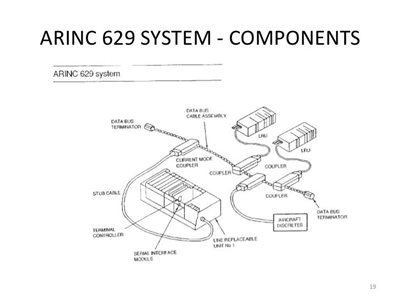Other Parts Discussed in Thread: THS6232,
Tool/software:
Hi, I'm currently looking to implement an ARINC 429 transmitter.
A basic functional overview would be, a controller sends a signal that swings 3.3V to GND and the transmitter outputs a differential +-5V and Null (high Z)
I have made a previous post describing a comparator based circuit here: https://e2e.ti.com/support/amplifiers-group/amplifiers/f/amplifiers-forum/1415991/lm2901av-comparator-based-arinc-429-reciever-transmitter
The issue discussed in that post was mainly not being able to drive a fully loaded bus of 20 devices (12.5mA) in addition to not being able to propagate a null condition with only comparators. It seems like the addition of the THS6232 to the output stage of the previous circuit would solve both of these issues. I've attached the circuit I'm describing below.
My question is if my description of function feasible with the THS6232? That is, can I feed the +-5V output of the above circuit, after moving the terminating resistors to the output of the driver, to the line driver and source line loads in excess of 12.5mA at +-5V to gnd? And would I also be correct in assuming that I can use the bias pins of the THS6232 in order to have both lines be high impedance?
Appreciate the help, Jacob


